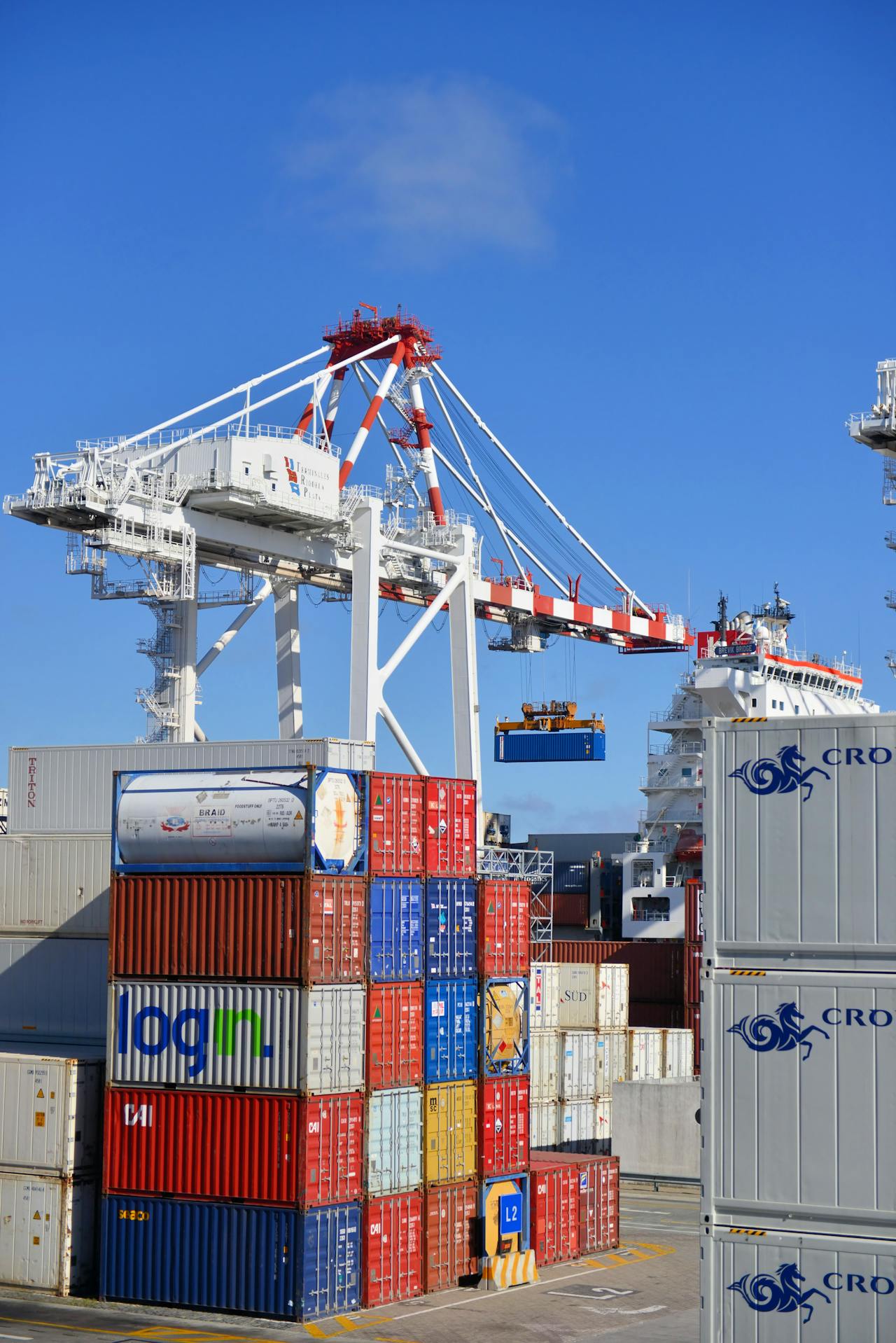In a much-anticipated summit between U.S. President Joe Biden and Chinese President Xi Jinping this week, a range of pressing issues, from military communications to fentanyl, took center stage. However, the looming deadline for a decision on Trump-era trade tariffs remained conspicuously unaddressed, raising concerns about the fate of these trade measures in the coming weeks.
Surprisingly, the term “tariff” failed to make an appearance in the official transcript of President Biden’s post-summit press conference or in the White House summary of the extensive four-hour meeting. While trade matters received only a passing mention, with President Biden expressing ongoing concerns about China’s trade policies, the broader economic discussions largely overshadowed the specifics of the Section 301 tariffs imposed by then-President Trump in 2018.
Despite the key deadline approaching for a comprehensive four-year review of these tariffs, insiders suggest that the status quo might prevail. Experts predict that the controversial duties may be extended as-is, with the likelihood of any substantial changes diminishing, especially given the approaching 2024 election season.
Ashley Craig, a D.C.-based international trade lawyer at Venable LLP, expressed disappointment within the trade community, stating, “Ever since Biden was elected, the trade community had hoped for a reversal of the Trump-era trade tariffs.” However, Craig anticipates minimal changes in 2024, considering the political dynamics and the president’s base.
The prevailing pessimistic outlook is echoed by Nick Marro, lead for global trade at The Economist Intelligence Unit, who anticipates potential tightening of trade and investment restrictions on China in the coming years. Marro suggests that election-year pressures may lead Biden to adopt a tougher stance on China, potentially plunging U.S.-China ties into volatility.
The business community, advocating for a relaxation of trade restrictions, emphasizes that U.S. companies bear the brunt of these tariffs. The Biden administration, however, contends that resolving the tariff issue is intertwined with complex matters like human rights, territorial claims, and technology transfers — challenges unlikely to be swiftly addressed.
Although trade was only indirectly mentioned during the summit, a dinner with American CEOs provided a platform for U.S. Commerce Secretary Gina Raimondo to reiterate the administration’s stance on trade: advocating for more trade but emphasizing a level playing field that is reciprocal and fair.
Xi Jinping, critical of U.S. trade policy and export controls, addressed the issue directly during the summit, highlighting concerns about rising protectionism. Despite the challenges, he struck an optimistic tone during most of his public comments, even suggesting the potential return of Chinese pandas to the National Zoo in Washington, D.C.
In the absence of substantial trade developments this week, experts anticipate the continuation of Trump-era trade tariffs. Stifel’s chief Washington policy strategist, Brian Gardner, predicts an extension of most 2018 tariffs on Chinese imports. However, concerns linger about potential new export restrictions on AI-related chips.
The question remains whether positive developments in other areas during the summit could dampen the likelihood of escalation on the trade front. Observers, however, remain skeptical, citing potential flashpoints such as upcoming elections in Taiwan and the U.S. as factors that could heighten tensions in the months ahead.
While the business world has largely adapted to the Trump-era trade tariffs, having been entrenched in the Section 301 structure for years, uncertainties persist. Craig notes that despite the trade community’s disdain for the tariffs, companies have adjusted to minimize costs. When asked about expectations from Washington, Craig remarked, “Our clients are not really holding their breath.”
Source: Yahoo Finance



